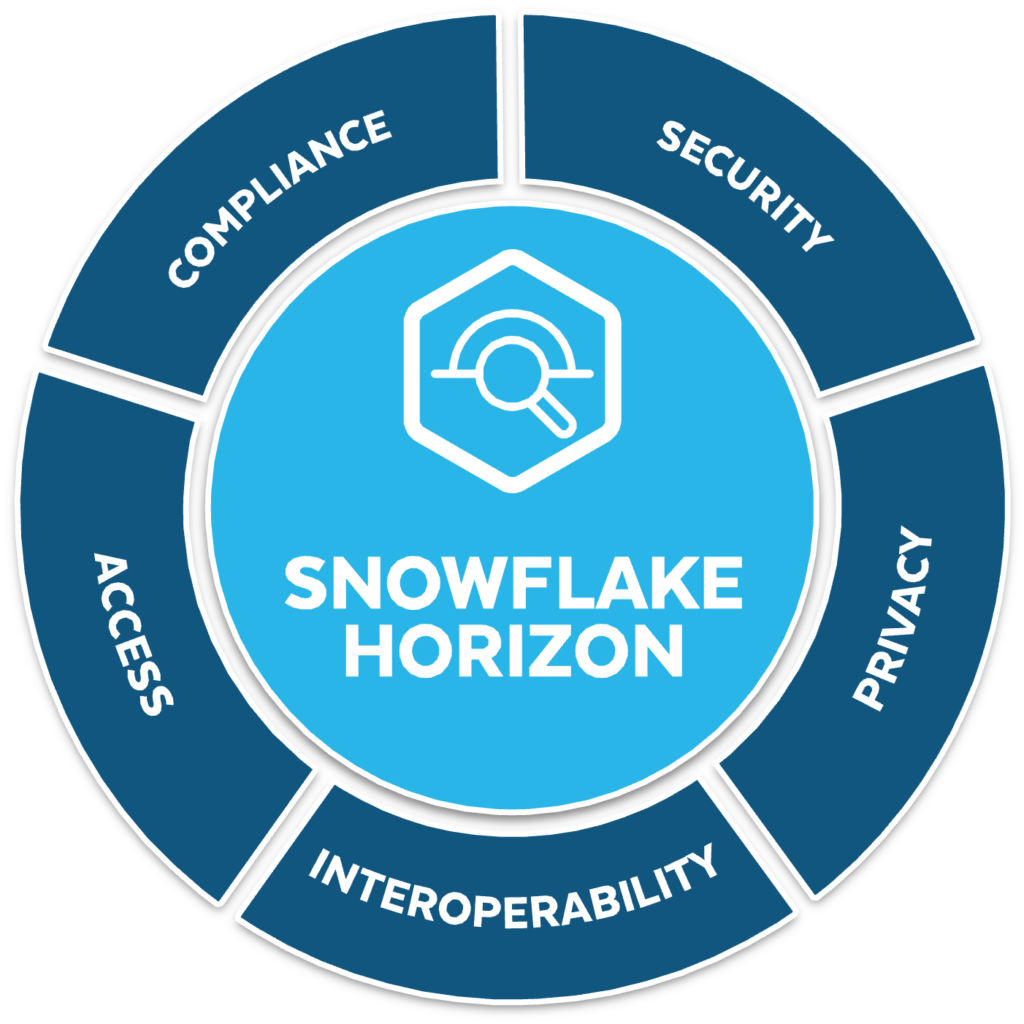Organizations that encourage data sharing are more likely to outperform their peers on most organizational business value metrics, according to a Gartner 2023 report. In order, to drive decisions based on data, organizations need to adopt a data culture. Adopting a culture that encourages the use of data can help improve results on every level of an organization. From major executive decision-making to day-to-day processes, data can increase the efficiency of a company when used properly.
To help you create a data culture that improves your organization’s processes and decisions, this article covers the following topics:
What is Data Culture?
A data culture is a way of working that places a strong emphasis on the use of data in decision-making and problem-solving. It involves a number of different elements, including:
- A data-driven mindset among employees: This means that employees at all levels of the organization understand the value of data and are comfortable using it to inform their work.
- Clear processes and protocols for collecting, storing, and analyzing data: These processes should be well-defined and understood by all employees so that data can be accessed and used consistently and effectively.
- Using data to inform and guide strategic decisions: A data culture involves using data to inform decision-making at all levels of the organization, from individual tasks and projects to long-term strategies.
Essentially, a data culture is a set of values, practices, and behaviors that prioritize the use of data in decision-making and problem-solving within an organization. It involves creating a data-driven mindset among employees and establishing clear processes and protocols for collecting, storing, and analyzing data.
Read about: What’s Stopping Your Organization’s Data Sharing Culture? and How Stale Metadata Causes Data Projects to Fail.
To learn more about managing data in the cloud: Data Management Guide
Three Benefits of Creating a Data Culture
Creating a data culture within your organization can improve workflows at every level. More specifically, here are three benefits every organization can expect to achieve by successfully adopting a data culture:
1. Improving Decision Making
By using data to inform decisions, organizations can make more informed and accurate choices, leading to better outcomes and more successful projects. For example, if an organization is considering launching a new product, it can use data to understand customer demand, identify potential market gaps, and assess the feasibility of the product.
2. Increasing Efficiency and Productivity
Data can help organizations identify and address inefficiencies, streamline processes, and optimize resources. For example, an organization might use data to identify bottlenecks in their production process and implement changes to improve flow and reduce waste. By improving efficiency and productivity, organizations can reduce costs and increase profitability.
3. Driving Innovation and Growth
A data culture can help organizations stay ahead of the curve by allowing them to quickly respond to changes in the market and make data-driven decisions. This can lead to new ideas and opportunities for innovation and growth. For example, an organization might use data to identify emerging trends and adapt its business model or product offering to meet the changing needs of its customers.
How to Build a Data Culture
Building a data culture requires a conscious effort at every level of an organization. Every stakeholder and decision-maker needs to understand the goals the organization aims to achieve and the value of creating a data culture. So, here are five steps an organization can take to start using data more effectively by shifting its culture:
- Start at the top: Senior leadership should be committed to the importance of data and set an example by using data to inform their own decision-making.
- Clearly define processes and protocols: Establish clear processes and protocols for collecting, storing, and analyzing data. Make sure that all employees understand these processes and have the tools and resources they need to access and use data effectively.
- Provide training and support: Provide training and support for employees to help them develop their data skills and become more comfortable using data in their work.
- Encourage data-driven decision-making: Encourage employees at all levels of the organization to use data to inform their decision-making and problem-solving. This could involve setting up a data governance committee or creating a program to reward data-driven innovation.
- Communicate the value of data: Make sure that all employees understand the value of data and how it can be used to improve operations and drive innovation.
Best Practices for Maintaining a Data Culture
Once an organization adopts a data culture, that culture needs to be maintained. Otherwise, employees, managers, and executives can fall back into old habits. So, here are a few best practices for maintaining a data culture:
- Encourage data literacy: Provide ongoing training and support for employees to help them develop their data literacy skills. You can help improve data literacy in your organization by offering data-specific training or providing resources for employees to learn more about data analysis and visualization tools.
- Foster a culture of continuous learning: Encourage employees to continually seek out new sources of data and learn from them. You can foster a culture of continuous learning by setting up a system for sharing insights and best practices or encouraging employees to present their findings to their colleagues.
- Protect data privacy and security: Make sure that data is collected, stored, and used in a way that protects the privacy and security of individuals. To do this, establish clear policies and procedures for data handling and train employees about data privacy and security best practices.
Conclusion
Satori, the Data Security Platform, can help your organization develop and adopt a data culture and improve its use of data. Developing this culture can help any organization improve its processes and decision-making by leveraging the unique insights your data can provide. It removes the impacts of human biases at every level by ensuring every employee, manager, and executive base their workflows on real results.
To learn more:



